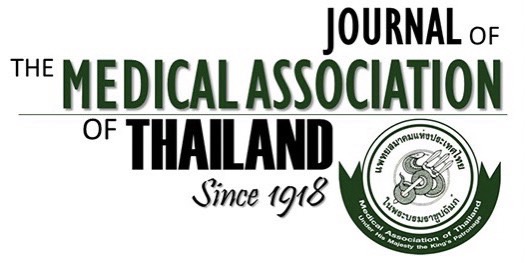Prevalence of Adverse Food Reactions and Food Allergy among Thai Children
Sathit Santadusit MD*, Saranya Atthapaisalsarudee MD*, Pakit Vichyanond MD*
Affiliation : * Division of Allergy and Immunology, Department of Pediatrics, Faculty of Medicine Siriraj Hospital Mahidol University, Bangkok, Thailand
Introduction: Adverse food reactions are not uncommon among children. Several of these reactions are
IgE-mediated. Prevalence of adverse food reactions among Thai children has not been fully explored.
Objectives : The objectives of the study are (1) to determine prevalence of adverse food reactions and food
allergy among Thai children, (2) to determine types of foods producing such reactions, (3) to study clinical
manifestations of these reactions, and (4) to study various risk factors relating to food adverse reactions
among these children.
Materials and Methods : A total of 656 Thai children were surveyed (188 subjects between 6 months to 3 years of
age and 468 subjects between 3 to 6 years of age). The study was a cross-sectional study. Parents answered
food allergy questionnaire. Families with children reporting adverse food reactions were invited to partici-
pate in further investigation for food allergy with skin prick testings and food challenges.
Results : Forty-one of 656 children (6.25%) were reported to experience prior food reactions by questionnaire
survey. Common foods reported to be the cause of reactions among younger children were cowûs milk and eggs
whereas seafood, particularly shrimp, was the most commonly reported food for older children. Three of 21
children underwent food challenge had positive challenges. Skin prick tests to incriminated food were all
positive in these three children. Significant risk factors for developing adverse food reactions among
these children were personal allergic history (OR = 4.89, CI 2.2-10.75) and family history of allergy (OR =
2.87, CI 1.42-5.89).
Conclusion : Prevalence of adverse food reactions using food allergy questionnaire was 6.25%. From a
limited number of those with positive food challenges, prevalence of IgE-mediated food allergy among
this group of Thai children is estimated to be 0.45% (CI 0.01-0.8%).
Keywords : Food allergy, Food hypersensitivity, Children, Seafood, Cowûs milk, Egg



